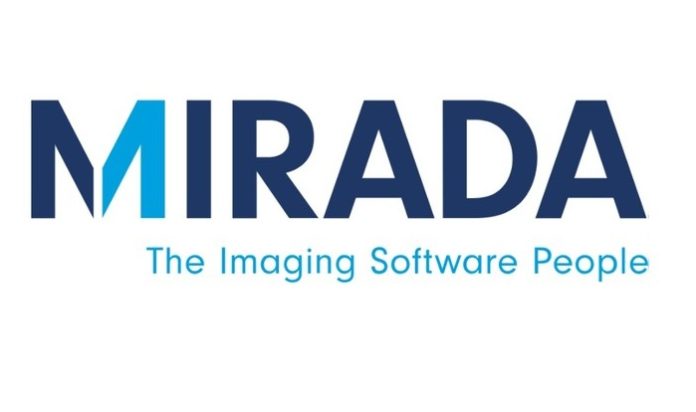Mirada Medical has integrated its multi-modal Deformable Fusion technology into Varian’s SmartAdapt application and will present a study assessing the efficacy of the technology for MR to CT deformable registration at the annual meeting of the American Society for Radiation Oncology (ASTRO) in Miami, Florida.
Mirada will also be showcasing a new range of software planning tools in their exhibit (Booth #1257) that incorporate its fusion technologies to support: dose warping, dose summation, atlas based auto-contouring, deformable fusion of multi-sequence MR, PET and SPECT and single click contour warping to support adaptive re-planning.
Dr. Timor Kadir, Mirada Chief Science and Technology Officer says, We are proud that our industry leading registration technology has been incorporated into Varian’s SmartAdapt. The validation study demonstrates that diagnostic or treatment position MR can be reliably aligned to CT planning images. This technology brings the benefit of MRI’s unrivalled soft tissue differentiation into conventional CT based planning.
Dr. Mark Gooding, senior scientist at Mirada, will present the study and poster presentation at ASTRO. The study was chosen from a record breaking 2,437 abstracts submitted for review to be presented. ASTRO is the largest gathering of radiation oncology specialists in the world. The study, titled “Assessing the quality of deformable CT-MR registration for the purpose of multi-modal radiotherapy planning,” examines the performance of Mirada’s multi-modal deformable registration algorithm for the fusion of head and neck, prostate and cervical diagnostic MR scans to CT planning volumes. Performance was assessed by experts in radiation oncology from four independent clinical institutions and quantitative errors were also measured using landmarks. In all cases, deformable registration significantly improved the alignment between MR and planning CT, approximately halving the registration error compared to conventional rigid alignment. The clinical experts’ assessment concluded that the results required minimal intervention prior to use in multi-modal contouring.
























